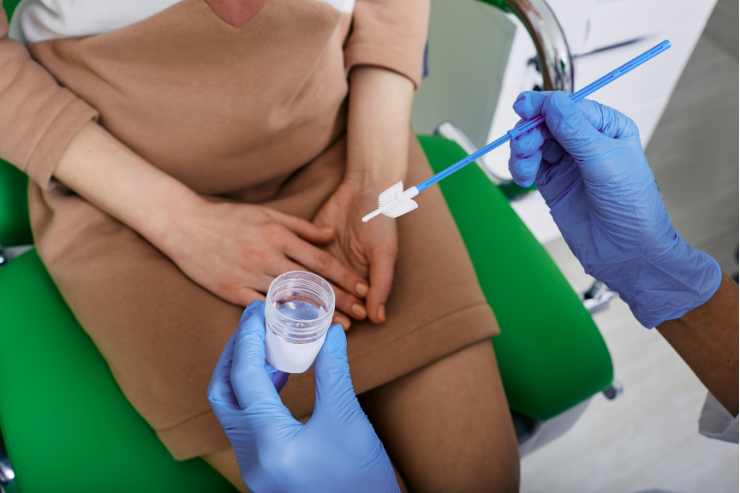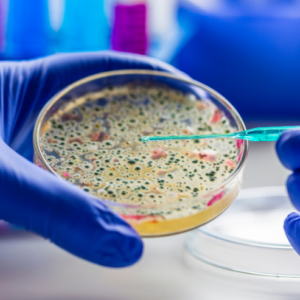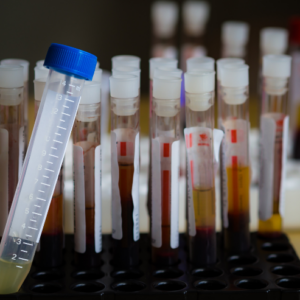Description
A PAP smear (Papanicolaou test) is a screening procedure for cervical cancer. It involves collecting cells from the cervix to detect any abnormalities, including precancerous or cancerous cells, and helps in early detection of cervical cancer and human papillomavirus (HPV) infections.
How the Test is Done?
During a PAP smear, a speculum is used to widen the vagina, and a small brush or spatula is used to gently scrape a sample of cells from the cervix. The sample is then sent to a laboratory for microscopic examination to check for abnormal cell growth.
Preparation Required
To ensure accurate results, avoid sexual intercourse, douching, or using vaginal medicines or spermicidal products for at least 24 hours before the test. The test is usually scheduled when the woman is not menstruating to avoid interference with the sample collection.
Significance of the Results
The results of a PAP smear can be normal, indicating healthy cells, or abnormal, suggesting changes in cervical cells that could indicate HPV infection, precancerous conditions, or cervical cancer. Abnormal results may lead to further testing, such as a colposcopy or biopsy, for more detailed analysis. Early detection through a PAP smear greatly improves the chances of successful treatment.








